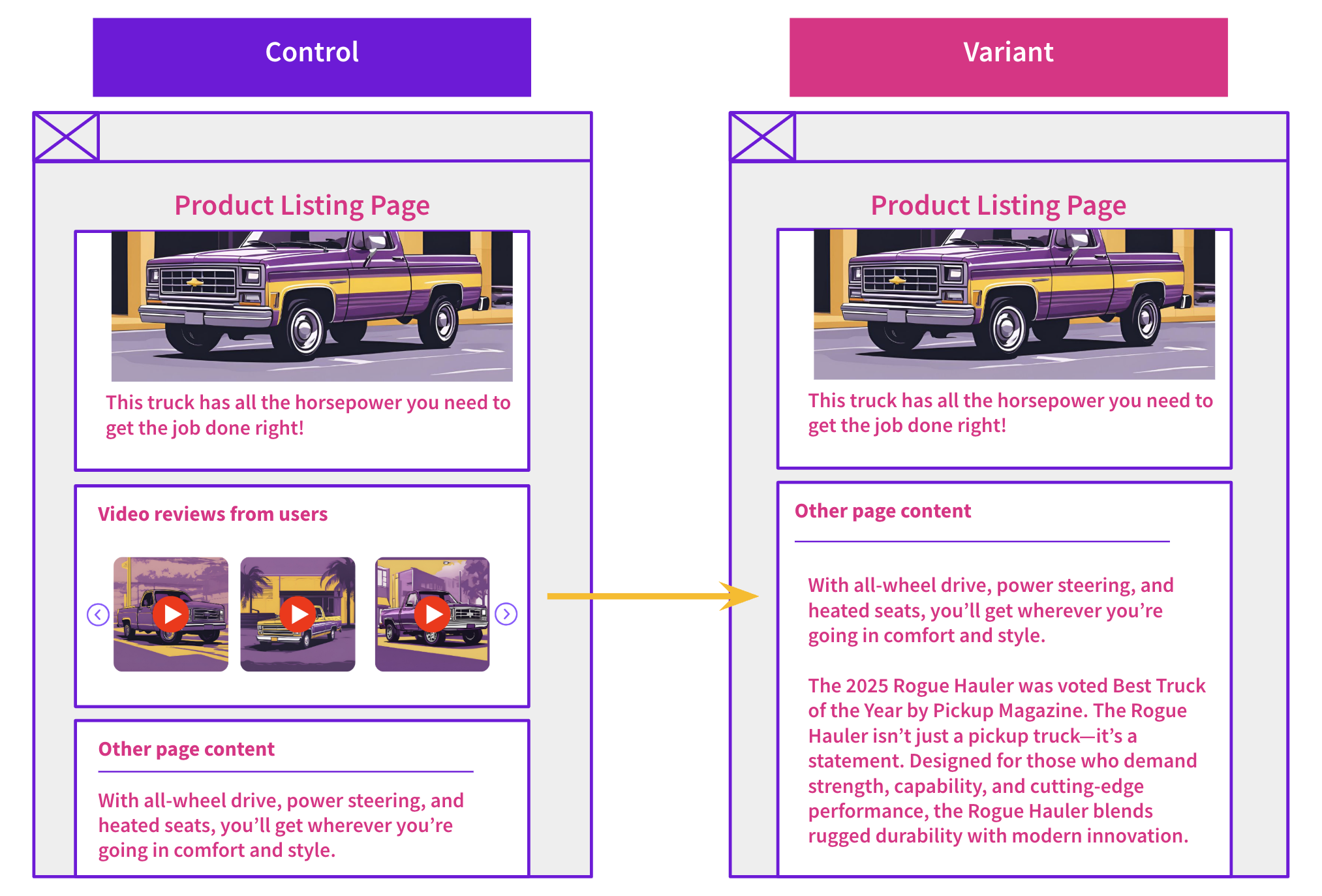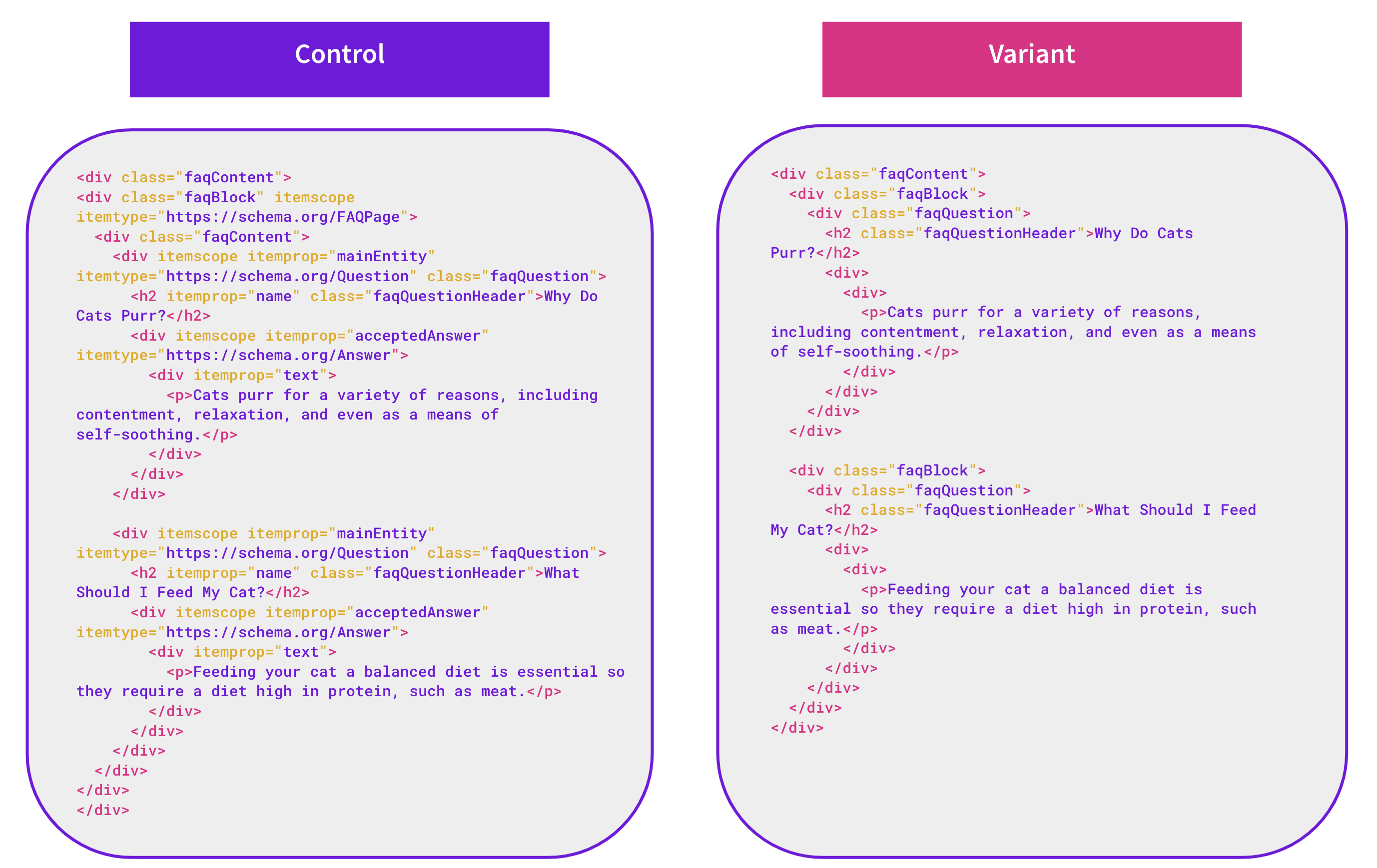Start here: how our SEO split tests work
If you aren't familiar with the fundamentals of how we run controlled SEO experiments that form the basis of all our case studies, then you might find it useful to start by reading the explanation at the end of this article before digesting the details of the case study below. If you'd like to get a new case study by email every two weeks, just enter your email address here.
For this week's #SPQuiz, we asked our followers whether they thought adding a “last modified” date below the main page content would improve the organic traffic for a travel website customer.
Here’s what they thought:
Poll Results:
Poll results on X/Twitter and LinkedIn revealed voters were evenly split between a 'positive' and 'inconclusive' outcome but it is interesting that no one thought this test would have a negative result.
The Case Study
Ensuring content remains fresh and relevant is necessary for search visibility and user engagement. Search engines prioritize updated content when crawling and indexing pages, which can significantly impact rankings, organic traffic, and click-through rates. Displaying a “last modified” date on the page could further enhance these outcomes by signaling to both Google and users that the content is current and reliable. Not only this, but a “last modified” date can enhance user signals by building trust, as it demonstrates the site's commitment to providing updated and relevant content.
One of our customers in the travel industry ran a test where they leveraged adding a “last modified” date at the end of flight details and FAQ content on routes pages to see its effects on organic traffic across three markets: France, Italy, and Spain. Despite our hypothesis that doing so would positively impact pages, the results were not as we expected.
What was changed
We added a “last modified” date towards the page footer of their on-page content for the France, Italy, and Spain markets.
Results
France Routes

Italy and Spain Routes
 |
 |
This test had a negative result at the 95% confidence level, leading to an organic traffic loss of 4% for the French market, but was inconclusive in Italy and Spain.
These results may be attributed to a multitude of factors. The variation in results could be due to Google's algorithms behaving differently across regions, affecting how specific signals - including freshness and date - impact search rankings. For instance, in some markets, there may be more robust competition for high-volume keywords, where competitors frequently update content to maintain search visibility. In France, frequent content updates may be necessary to maintain visibility, whereas freshness signals may be less impactful in markets like Italy and Spain.
Looking specifically at the negative result in France, Google may have devalued pages because the pages had a refreshed “last modified” date, but this did not significantly enhance the user experience or content quality. The content on these pages may have been older and outdated compared to other domains. Users searching for travel information in France may also prioritize details like prices and destination information over the freshness signaled by a “last modified” date.
As for Italy and Spain, the test resulted in an inconclusive impact on organic traffic. This likely happened because adding a “last modified” date on-page doesn’t have as significant an effect on organic traffic as we initially believed; Google may prioritize other factors over content freshness in these markets.
Due to these results, we did not recommend rolling out “last modified” dates. It’s worth noting that Google’s algorithms and user behaviors can differ from region to region; hence, we run tests like this as some changes that are considered SEO best practices may have unexpected results.
How our SEO split tests work
The most important thing to know is that our case studies are based on controlled experiments with control and variant pages:
- By detecting changes in performance of the variant pages compared to the control, we know that the measured effect was not caused by seasonality, sitewide changes, Google algorithm updates, competitor changes, or any other external impact.
- The statistical analysis compares the actual outcome to a forecast, and comes with a confidence interval so we know how certain we are the effect is real.
- We measure the impact on organic traffic in order to capture changes to rankings and/or changes to clickthrough rate (more here).
Read more about how SEO A/B testing works or get a demo of the SearchPilot platform.





